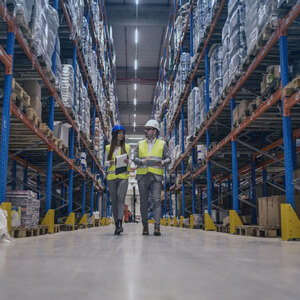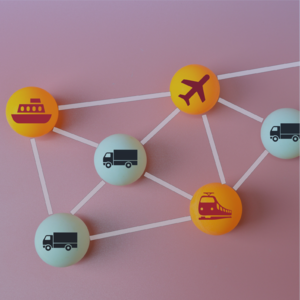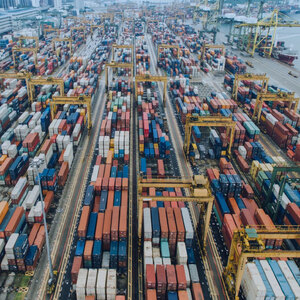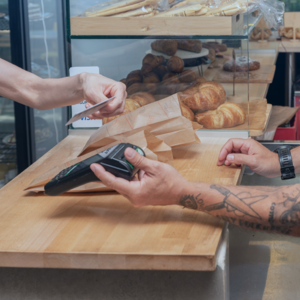
What are bottlenecks?
What does it mean in the jargon of supply chains when we talk about bottlenecks? Within a company's processes, it is the one with the lowest effective operating capacity in the entire "system," thus limiting production.
The operational efficiency of a company depends on identifying and calculating these famous points of narrowing, bottlenecks, in advance, in order to plan solutions and measures that achieve the desired process performance.
How can I find them?
Let's present a simple example of how to calculate a bottleneck in a company. Suppose we have a "Take Away" sandwich shop, where sandwiches are prepared and served to the end consumer.
The overall processes would be as follows:
Frozen bread and ingredient storage, bread defrosting in the oven, and sandwich preparation.
And the following resources are available:
The supplier can provide raw materials to achieve maximum performance, 2,000 loaves of bread per day.
The defrosting oven can defrost up to 2,000 loaves of bread in a day.
The production team consists of two people, each capable of preparing 500 sandwiches per day.
In this case, the production chain (company) would have a design capacity of 2,000 loaves of bread per day. However, its effective capacity would be 1,000 loaves, which is the amount that the two people preparing the sandwiches could produce.
Therefore, the bottleneck would be in the "sandwich preparation" process.

And what does it cause in the supply chain?
The processes of each company are different, and therefore their circumstances can be very diverse. However, they could be summarized into three main categories:
4 keys to identify and exploit bottlenecks in a company
1. Identification
An analysis of process capacities within the supply chain must be carried out, measuring the efficiency of each one separately and identifying the bottlenecks. Identifying these bottlenecks can be challenging in processes with a wide variety of products and machines, especially if they are geographically dispersed, and the product mix is highly changeable.
2. Exploitation
Once the bottleneck has been identified, the goal should be to make it work at full capacity, "an hour lost at the bottleneck is an hour lost in the entire system." To achieve this, it is advisable to work along the following lines:
3. Subordination
There is a false belief that "making all processes work at maximum capacity is the right thing to do" as it will make products flow faster through each process. However, if non-bottleneck processes operate at maximum capacity, it will generate an excess of materials between processes, creating inefficiencies in the system. Therefore, the following precautions should be taken when establishing cycle times in the production chain:
4. Increase
If the desired capacity is not achieved after applying the first three steps, alternative ways of expanding the system's capacity should be studied. There are several options for this:
This is how a bottleneck analysis is done
Throughout this article, we have discussed examples related to manufacturing companies, i.e., companies with manufacturing processes. However, this can also be applied to service sectors such as hotels or call centers, where it may be interesting to create multifunctional teams so that workloads can be dynamically redistributed among workers, thus temporarily eliminating these bottlenecks.
In the example described at the beginning of the article, there was a third person in charge of customer service... This person should be capable of preparing sandwiches so that in case the bottleneck reaches its maximum capacity, they can assist in the preparation process and systematically increase it.
If you want us to help you identify your bottlenecks and improve your planning processes, contact us and choose the day and time that suits you best!






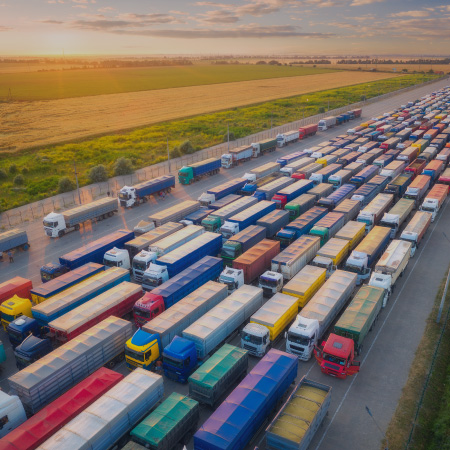

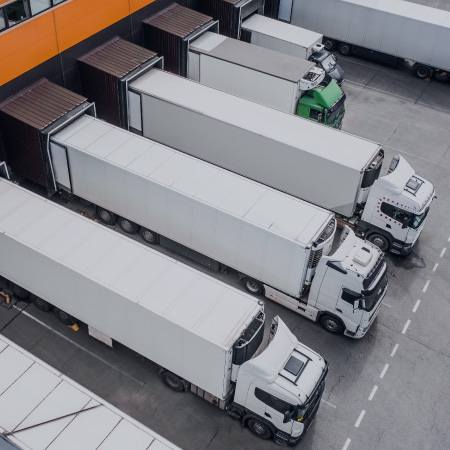








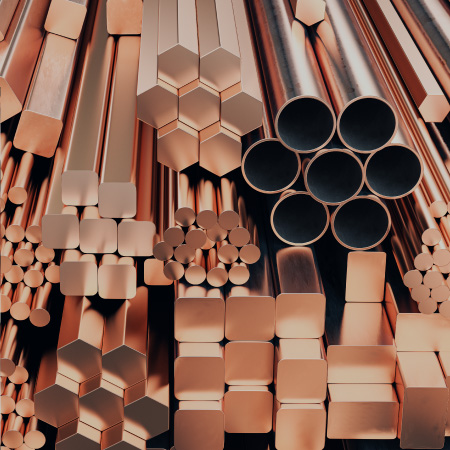




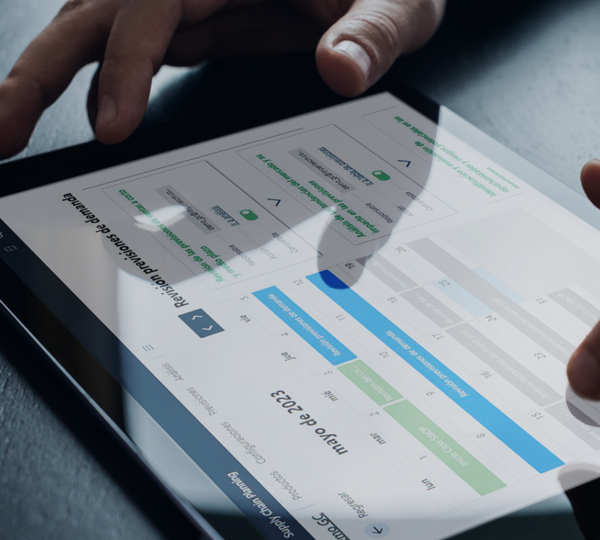
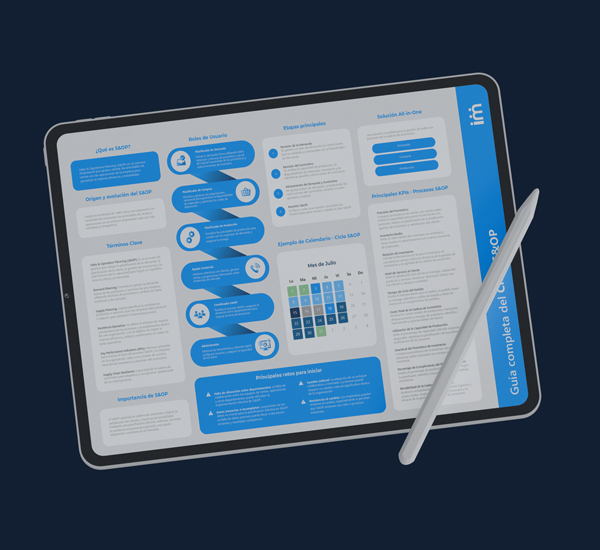


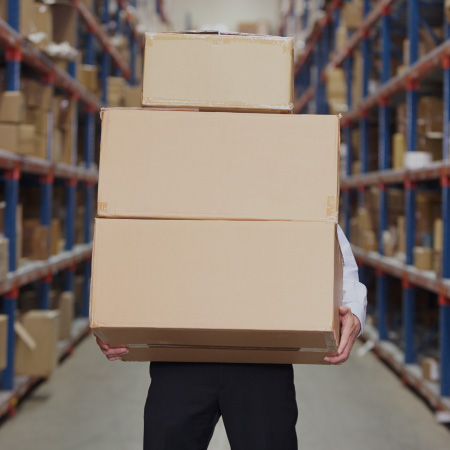


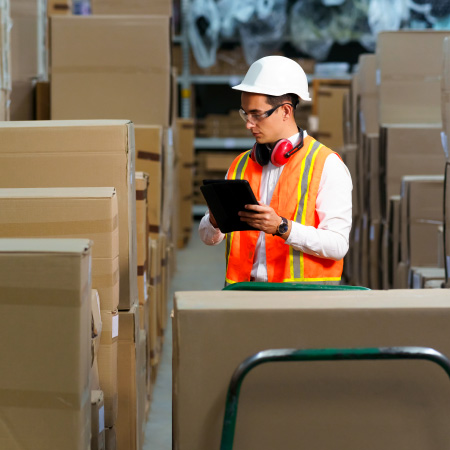
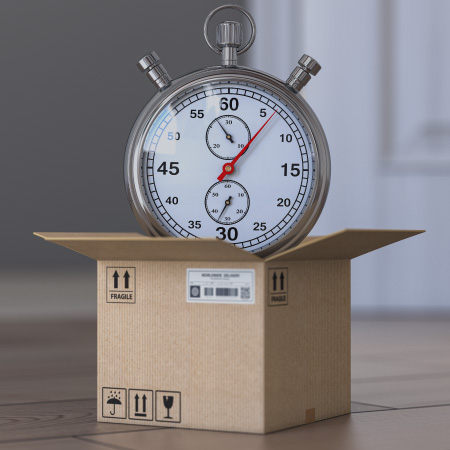


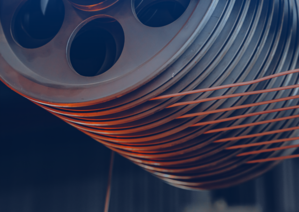
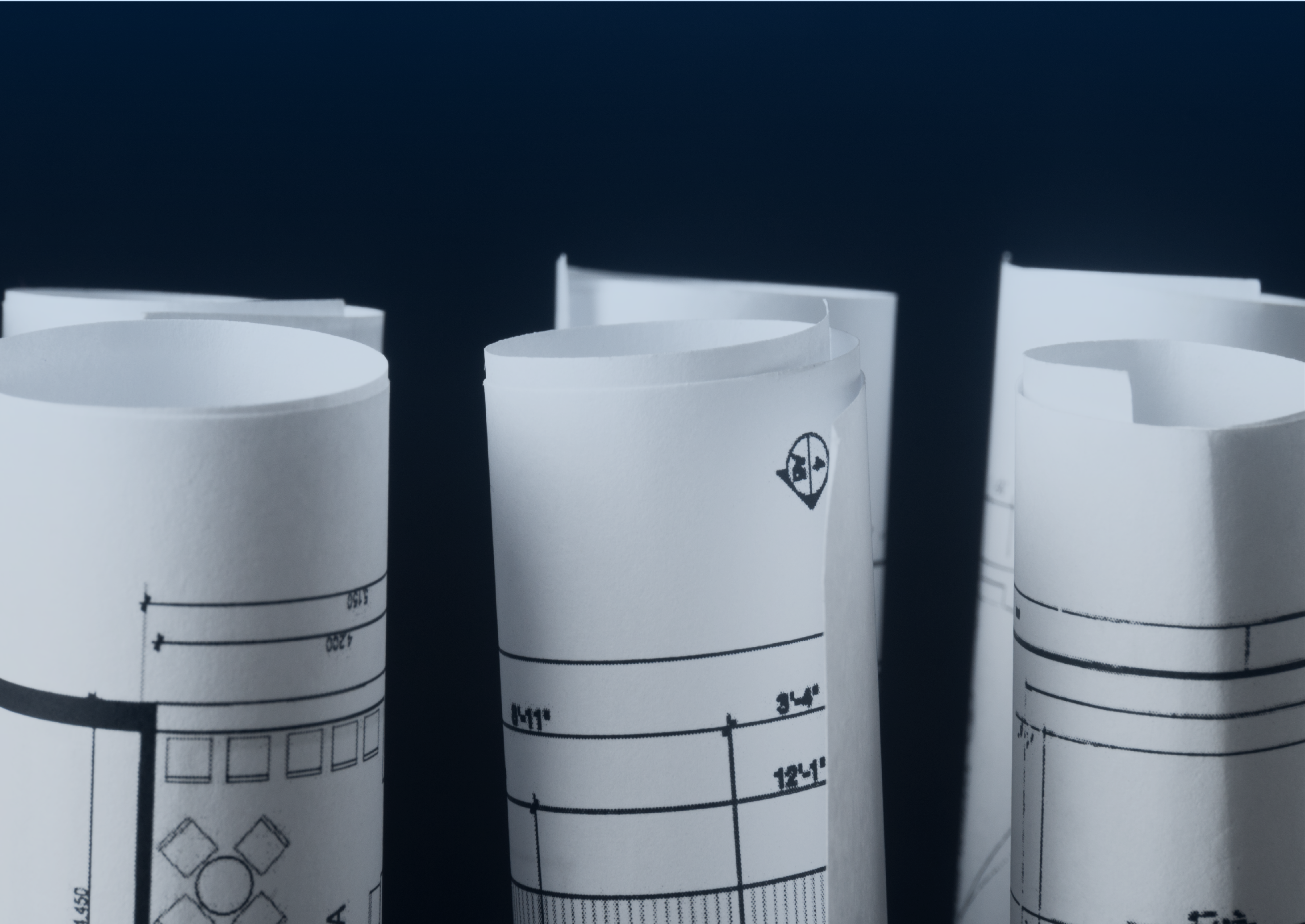

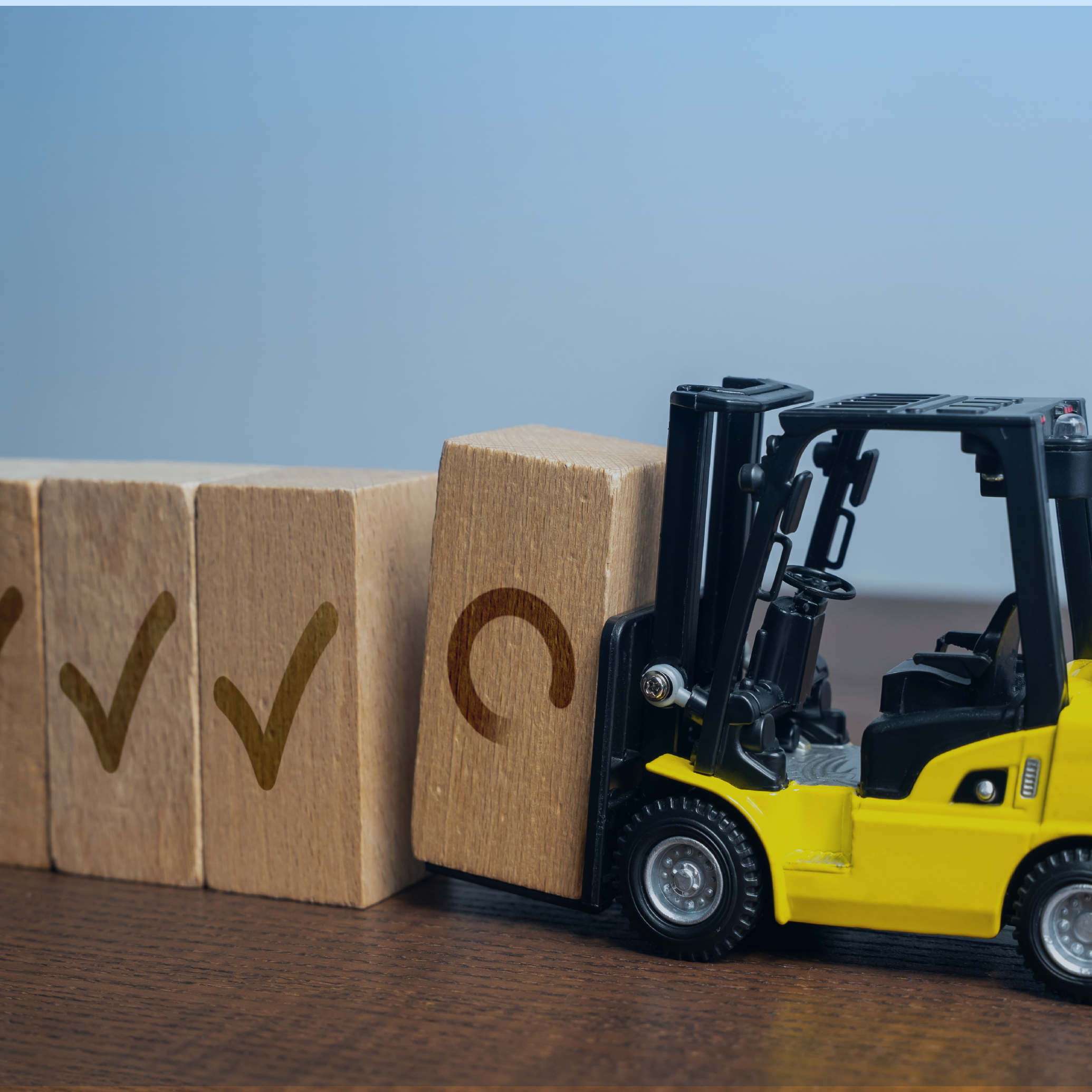
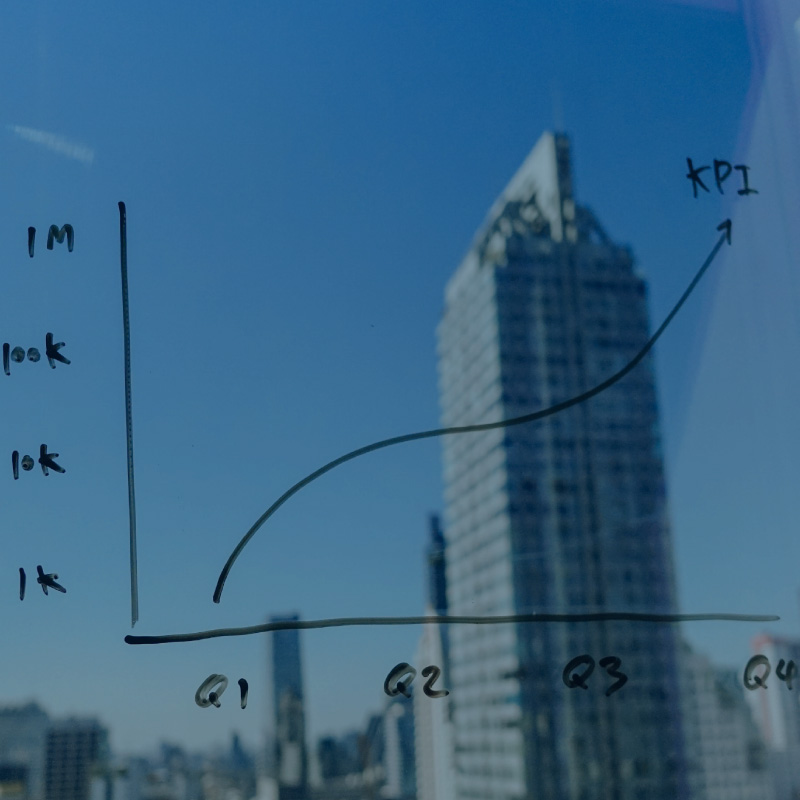

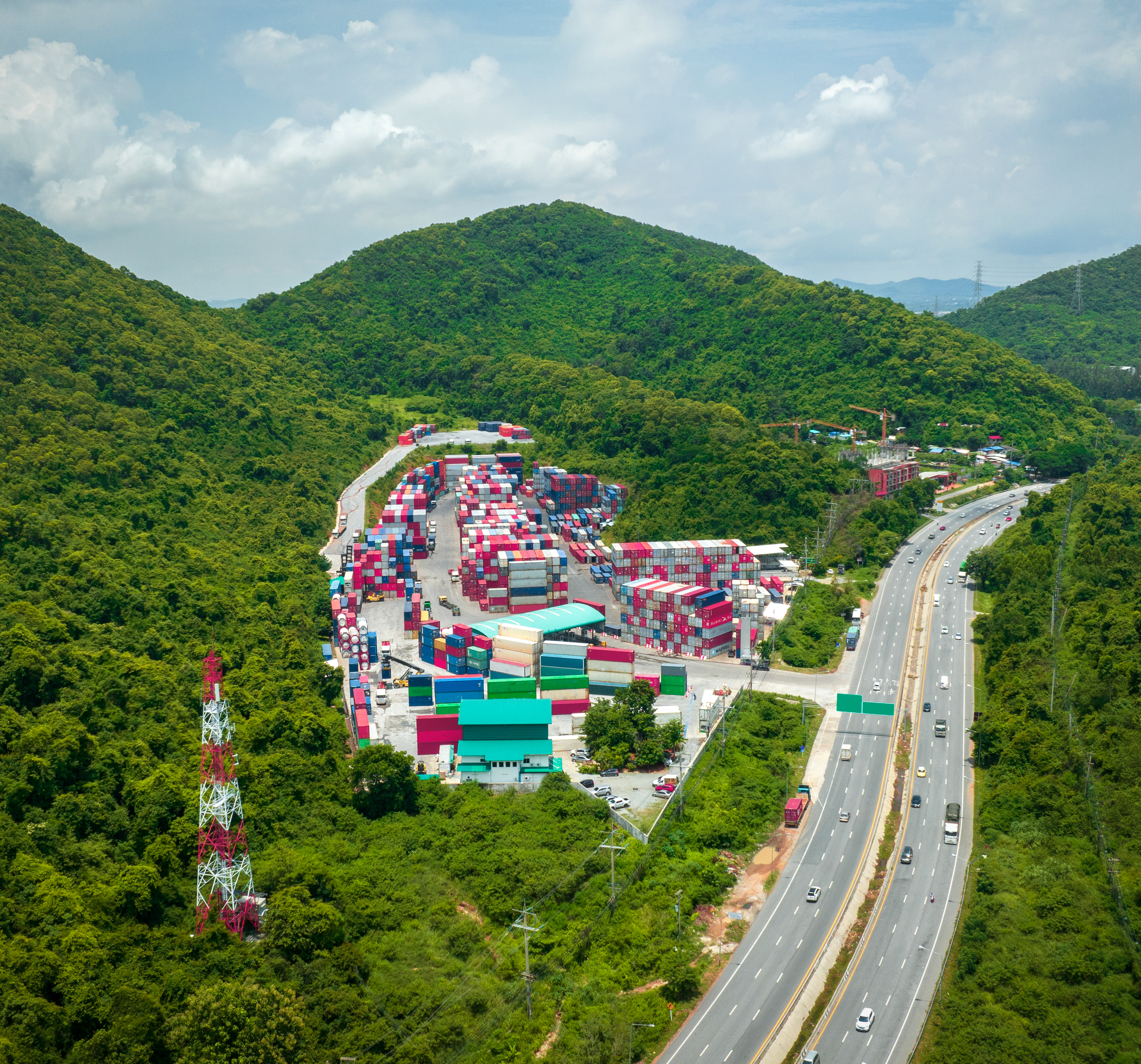



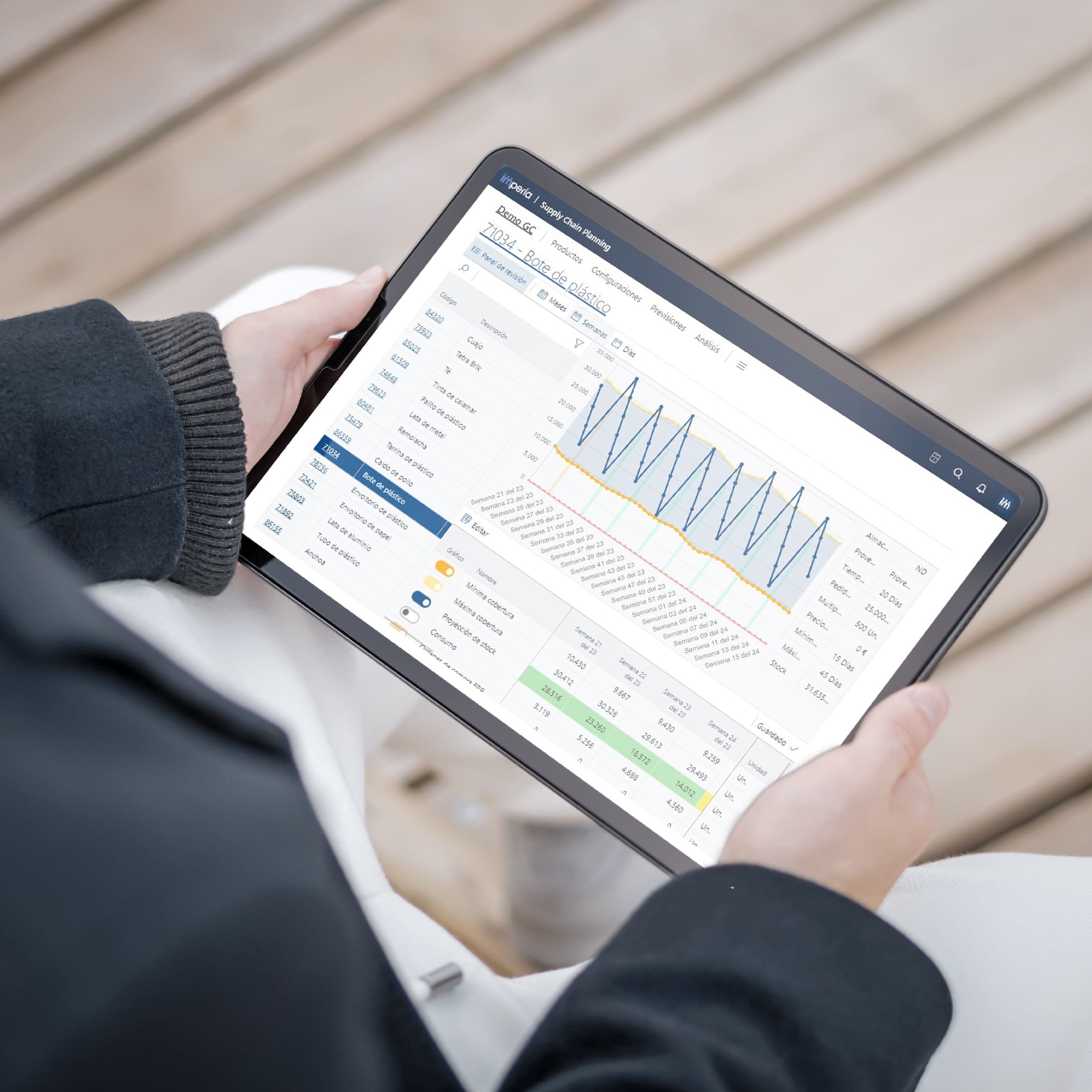

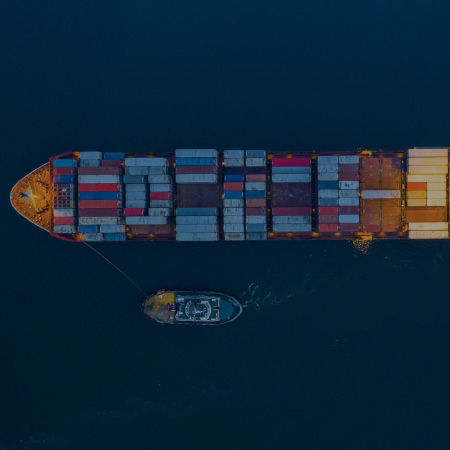
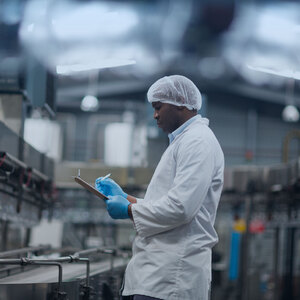



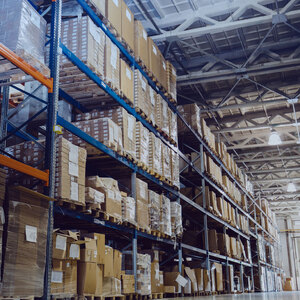


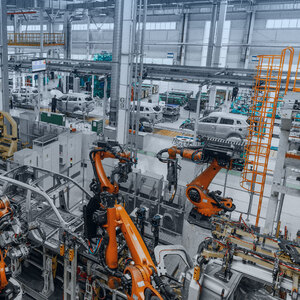





 Imperia_thumbnail.jpg)


